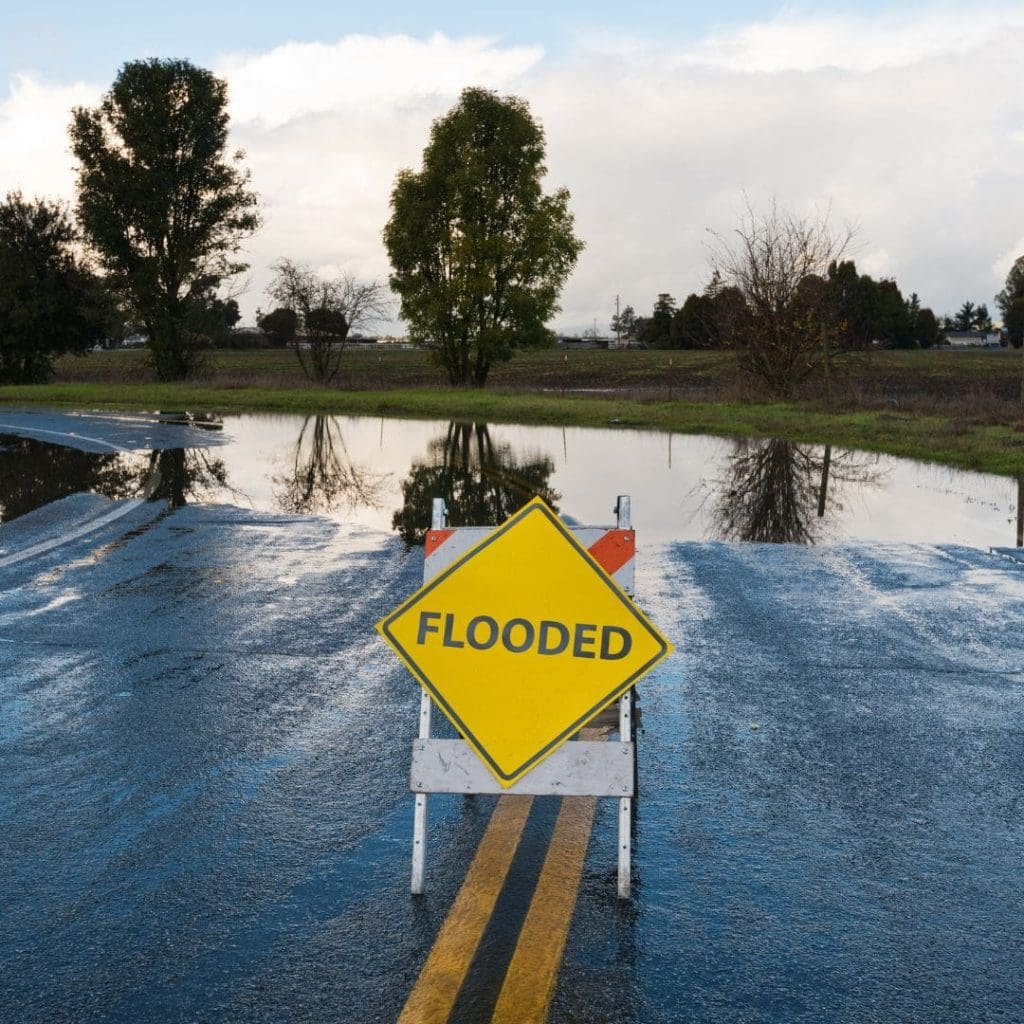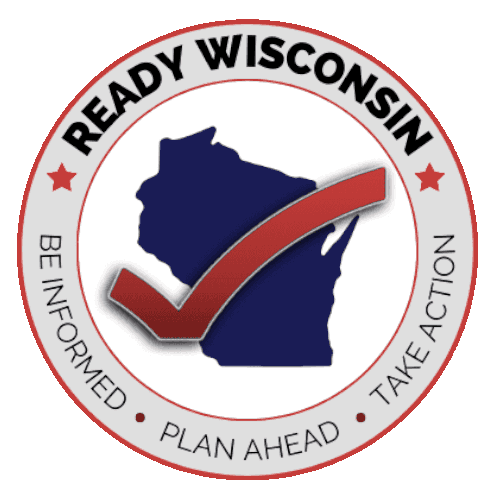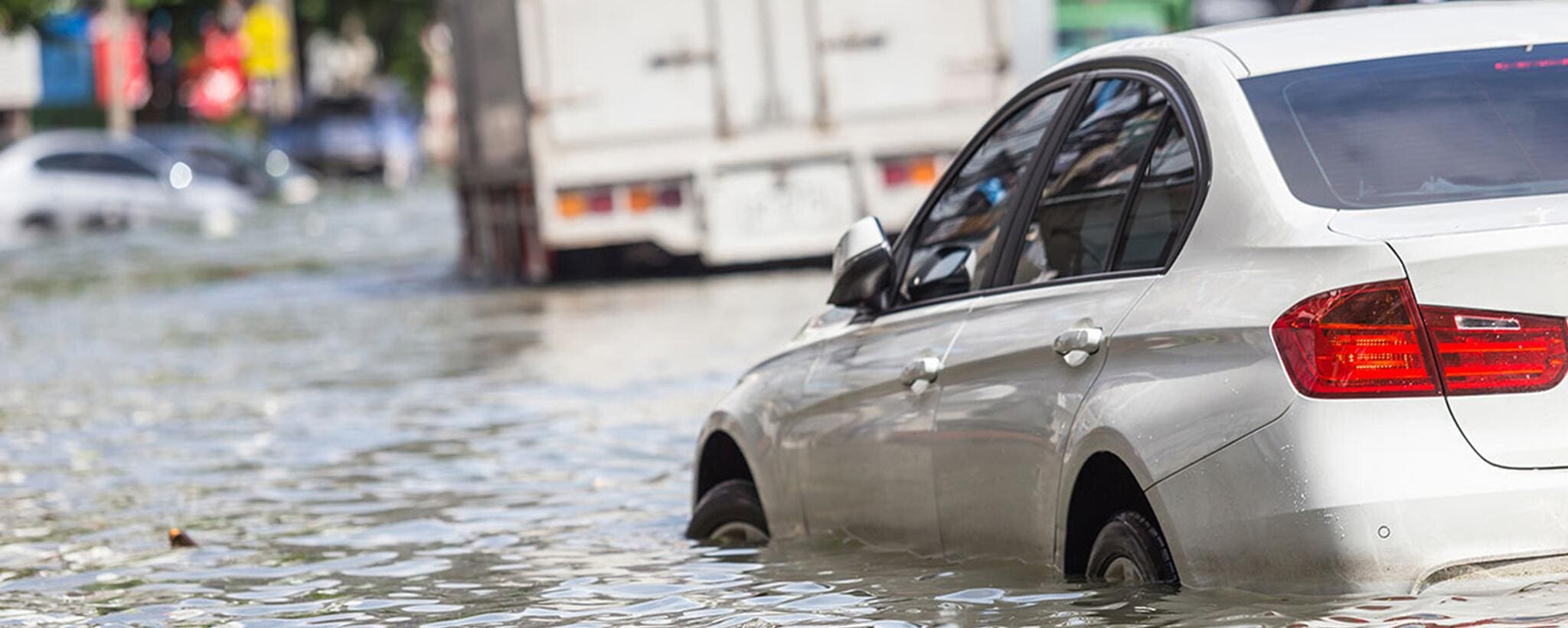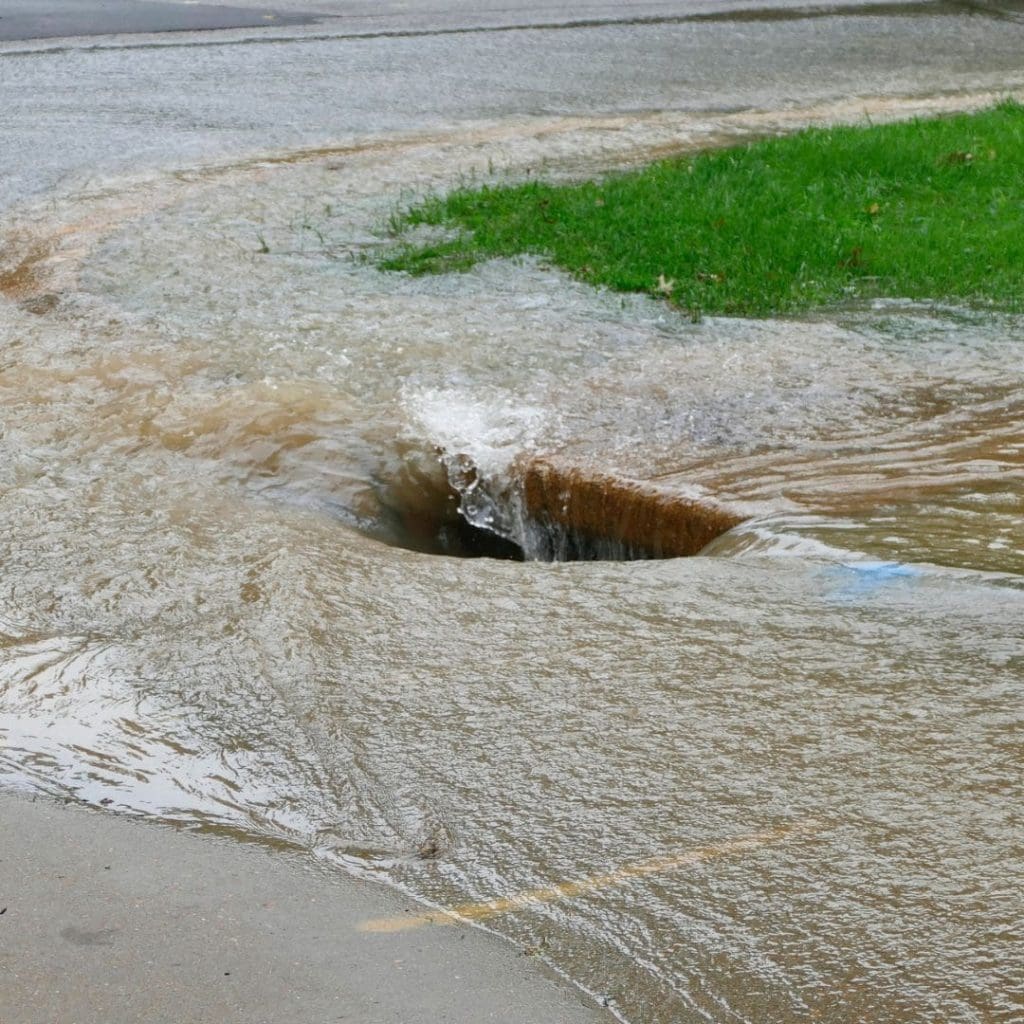Flooding is the most common and most costly disaster in Wisconsin. Flooding can happen anywhere in the state, but there are ways to reduce your home’s risk of flooding and keep you safe.
When flooding is about to happen or occurring, your first priority is the physical safety of you, your loved ones, and your pets.
Terms Used During Flooding
Flood Advisory
A flood advisory is issued when flooding is not expected to be bad enough to issue a warning. However, caution should be exercised, and it can lead to situations that may threaten life and/or property
Flood Watch
People should be prepared for potential flooding. A Flood Watch is issued when conditions are favorable for flooding.
Flood Warning
A Flood Warning is issued when flooding is imminent or occurring.
Flash Flood Warning
A Flash Flood Warning is issued when a flash flood is imminent or occurring. If you are in a flood prone area move immediately to high ground. A flash flood is a sudden violent flood that can take from minutes to hours to develop. It is even possible to experience a flash flood in areas not immediately receiving rain.

Types of Flooding
River Flooding
This flooding occurs when water levels rise over the top of riverbanks due to excessive rainfall, snowmelt, or an ice jam.
Coastal Flooding
This flooding is caused by heavy rainfall and on shore winds over large bodies of water, like the Great Lakes.
Flash Flooding
This type of flooding is caused by heavy or excessive rainfall in a short period of time, generally less than six hours. Flash floods are characterized by raging torrents after heavy rains that rip through river beds and urban streets. They can occur within minutes or a few hours of excessive rainfall. They can also occur if a levee or dam has failed, or there is a sudden release of water by a debris or ice jam. Areas damaged by wildfire are particularly susceptible to flash flooding.
Protecting Yourself…
…Before a Flood
- Get flood insurance. Most homeowners’ insurance does not cover flood damage. Don’t let your hard work be washed away. For more information about what’s covered and to find a policy visit FloodSmart.gov.
- Know your flood risk. Look up your address on FEMA’s Flood Map Service Center.
- Secure your home. If you have time, bring in outdoor furniture. Move essential items to an upper floor.
- Turn off utilities at the main switches or valves if instructed to do so. Disconnect electrical appliances. Do not touch electrical equipment if you are wet or standing in water.
- Do a household inventory. Take photos and videos of all major household items and valuables. Retain these in a safe place because they are important when filing insurance claims.
- Store important documents in a safe, dry place. Keep them in a watertight container.
- Have an emergency kit packed that is ready in case you need to leave your home quickly. Keep it in a designated place and make sure all family members know where it is kept. For items that should be packed, click here.
- Clear drains. Consider contacting your city or clearing street catch basins to prevent or reduce street flooding.
- Invest in flood mitigation. For every dollar spent by homeowners on flood mitigation, potentially $7 are saved from future losses.
- People can mitigate flood damage to their homes by:
- Elevating and anchoring utilities including electrical panels, propane tanks, sockets, wiring, appliances, and heating systems.
- Installing a water alarm and maintain a working sump pump to protect your basement. Consider installing a battery-operated backup pump in case of a power failure.
- Installing floor vents in foundation walls, garages, and other enclosed areas. They reduce flood damage by allowing water to flow through and drain out.
- Using flood-resistant materials in areas of your home, like replacing carpeting with tiles or using flood-resistant insulation and gypsum wallboard to prevent water doing major damage.
- Clearing debris from gutters. Clear away any debris from gutters and downspouts to avoid water accumulation.
- Installing a backflow valve on your sewer system to prevent sewage backup in your home.
- Adding waterproof veneer to exterior walls to prevent shallow flooding from damaging your home. Seal basement walls with waterproofing compounds.
- Elevating or move your furniture. When flooding is predicted, move furniture and valuables to safe place, such as an attic or highest floor of your home.
- Improving lot grading. Stormwater should always drain away from the building. If necessary, change your landscaping to improve runoff. This may include building up any sunken areas around the foundation and improving the yard so it slopes away from your home.
- Retaining and creating natural green space around your home to help reduce runoff. Consider rain gardens or permeable pavement which allow rain and snowmelt to seep through the surface to underlying layers of soil and gravel.
…During a Flood
- Stay informed. Listen to EAS, NOAA Weather Radio, or local television and radio for information. You can also follow your local National Weather Service office and news outlets on social media sites
- Tips for when you are…
- At Home
- Evacuate immediately if told to evacuate.
- If you have time, disconnect utilities and appliances.
- Get to the highest level if trapped in a building. Only get on the roof if necessary and once there, signal for help. Do not climb into a closed attic to avoid getting trapped by rising floodwater.
- Driving
- Turn around, don’t drown – never drive through flooded roadways.
- Six inches of fast-moving water can knock a person off their feet. A foot of rushing water can carry away a small car, while two feet of rushing water can carry away most vehicles.
- Six inches of water can also reach the bottom of most passenger vehicles, causing them to stall. If your vehicle stalls, abandon it immediately and get to higher ground.
- Stay off bridges over fast-moving water. Fast-moving water can wash bridges away without warning.
- If your vehicle is trapped in rapidly moving water, stay in the vehicle. If the water is rising inside the vehicle, seek refuge on the roof.
- Turn around, don’t drown – never drive through flooded roadways.
- Outside
- Move to higher ground as quickly as possible
- Don’t walk through flood waters. Water may be deeper than it appears and can hide hazards such as sharp objects, electrical wires, chemicals, etc.
- At Home
…After a Flood
- Stay informed. Stay tuned to local news for updated information on road conditions. Pay attention to authorities for information and instructions. Return home only when authorities say it is safe.
- Avoid floodwaters. Standing water can hide many dangers including toxins and chemicals. There may be sharp objects or the road could have collapsed.
- Inspect home damage. Inspect foundations for cracks or other damage. Stay out of buildings if flood waters remain around the building. When entering buildings, use extreme caution.
- Use generators outdoors.
- Clean Safely. Dry out your home as soon as possible to prevent mold. Make sure you are wearing goggles, long-sleeved shirt, protective gloves, boots, pants and a respirator mask to protect you from mold damage. Throw away unsafe food.


